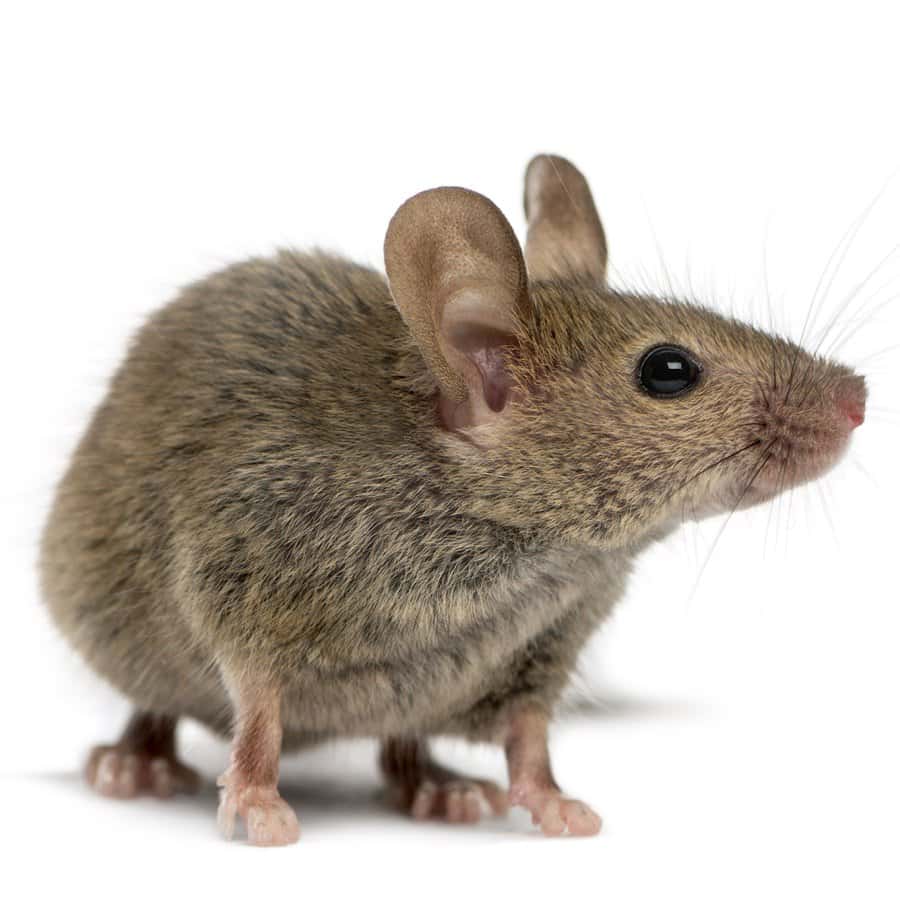
We recently answered a question from a reader about vitamin D3 used in high concentrations as a mouse or rat poison. At the toxic levels found in the bait, vitamin D3 can lead to kidney damage, heart problems or even bleeding. Such bait must be kept out of reach of household pets, as it could also poison a cat or a dog. However, we heard from an irate physician who felt we had not presented the information fairly.
What Amount of Vitamin D3 Is Toxic?
Q. A patient brought a copy of a column with a question concerning the use of cholecalciferol (vitamin D3) in D-Con mouse and rat poison. Your response totally ignored the context of its use.
D-Con works by overwhelming a small creature with a very large dose of vitamin D3. A person would not be able to get such a high dose from a dietary supplement.
Some researchers think the minimal dose to raise the serum level of vitamin D3 to optimal levels (70 ng/ml) is 9,000 to 10,000 IU/day. Your article scared my patient into stopping her 4,000 IU daily intake. When you report health information out of context, you are doing a disservice to your readers and causing unwarranted concern.
Safety of Vitamin D Supplements:
A. We are sorry that your patient overreacted. As we pointed out, 4,000 IU is considered a safe dose for adults. People can take more than that, but they should do so only under medical supervision and monitoring. We trust that you are following your patient closely enough and were able to convince her to resume her supplements.
People who would like to learn more about supplements in general and vitamin D in particular may be interested in a rigorously researched book, Fortify Your Life, by Tieraona Low Dog, MD. They will find it in their libraries or can purchase a special paperback version ($16 + $4 postage & handling) from Graedons’ People’s Pharmacy, PO Box 52027, Durham, NC 27717-2027. It is also available online.

